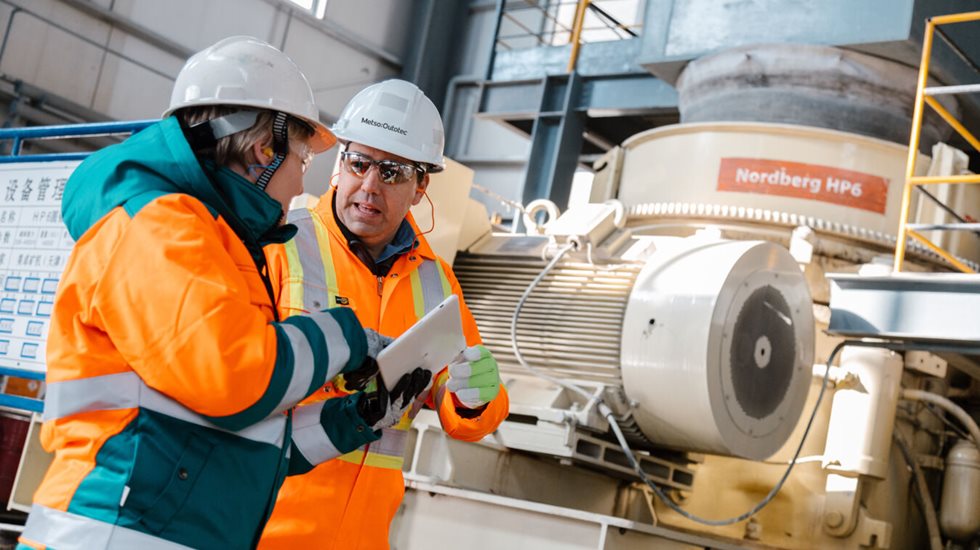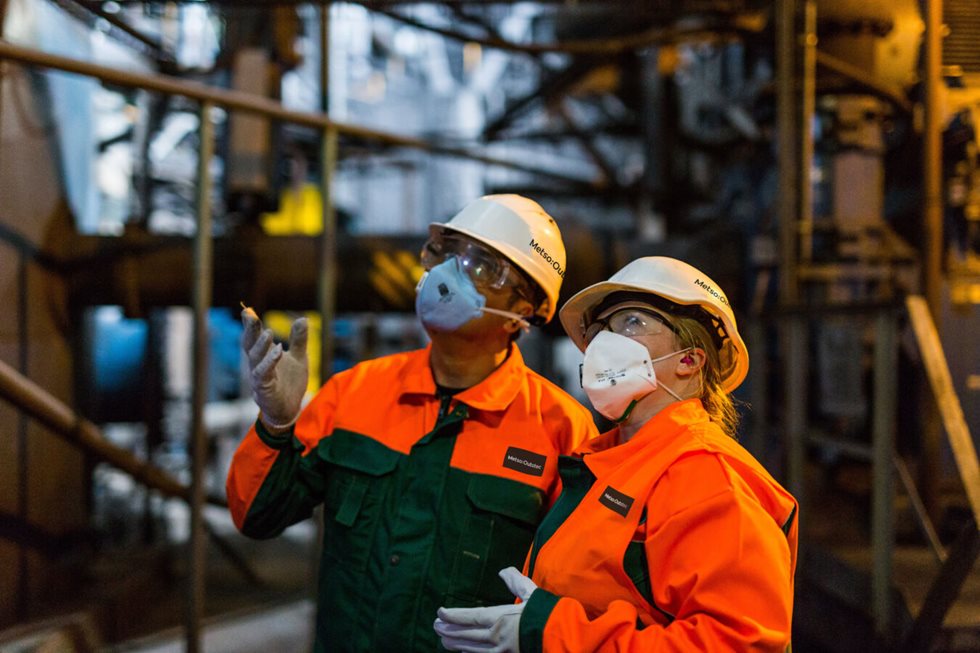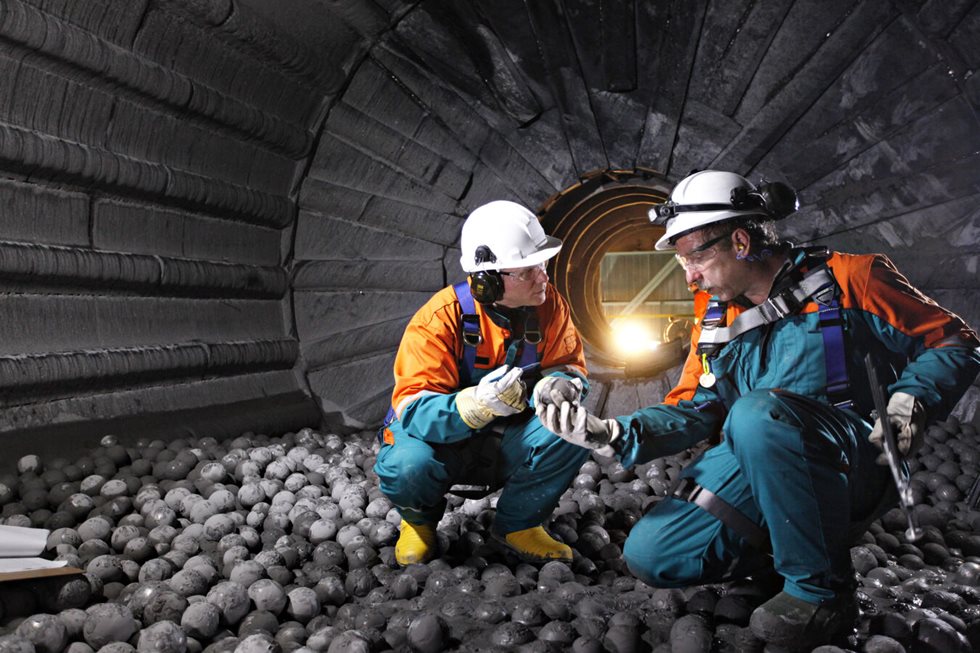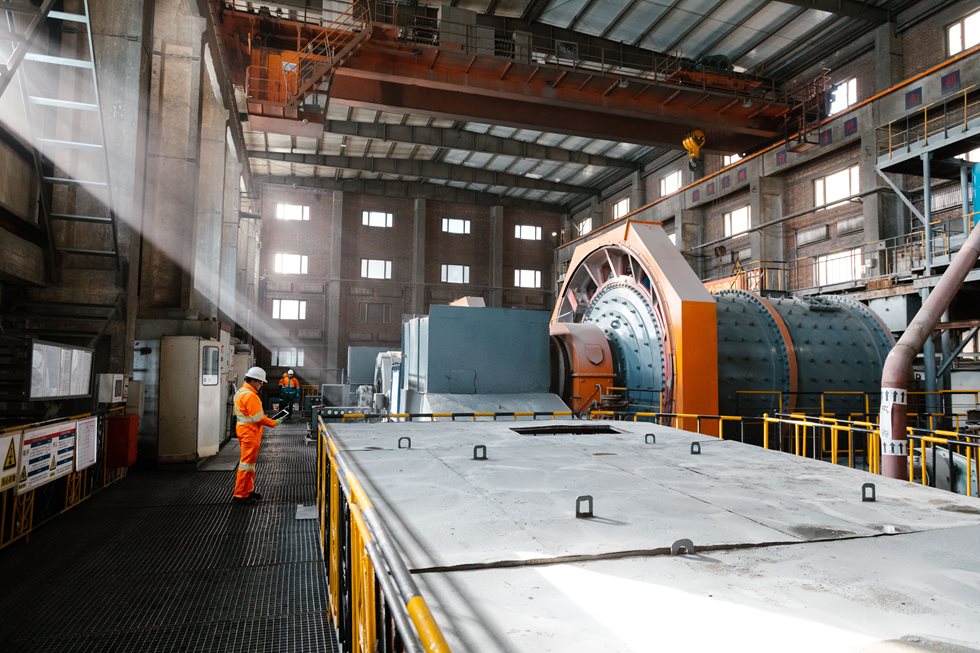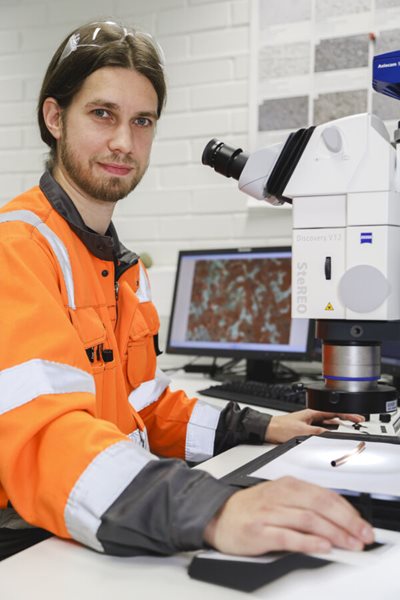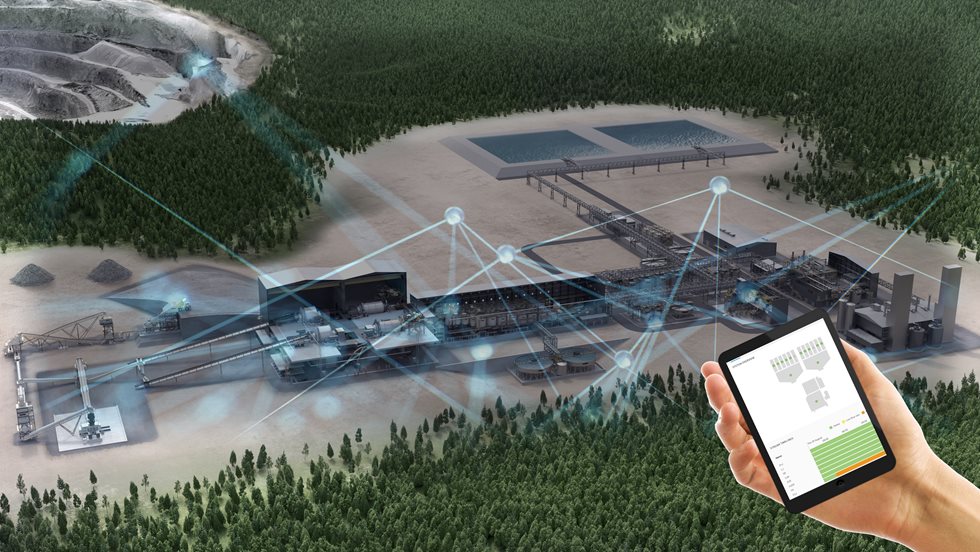The initial optimization work alone however is not enough, it should be followed by consistent monitoring and measuring of all process parameters to minimize any deviations from its designated set points. To successfully optimize a process plant, theoretical knowledge of the unit process combined with process experience is key. This requires that each unit be modelled, and the process simulated. A carefully tried and tested methodology that involves planning for data collection, execution, data analysis, modelling, simulation, and solution development is required for a successful optimization process.
Why optimize?
In mineral processing, there are many reasons to optimize a circuit. The overall optimization objective in most cases is to exploit installed capital in the most efficient way possible. This can be broken down into several different sub-objectives. These can include increased plant throughput, improved product quality, maximized production of lumps in iron processing, or reduced fines in the final product for coal operations. High energy consumption is one of the biggest concerns in most operations, thus, in most optimization processes, the goal of reduced energy consumption is often a focus area. Minimizing energy consumption can sometimes even be the primary objective of the optimization process.


